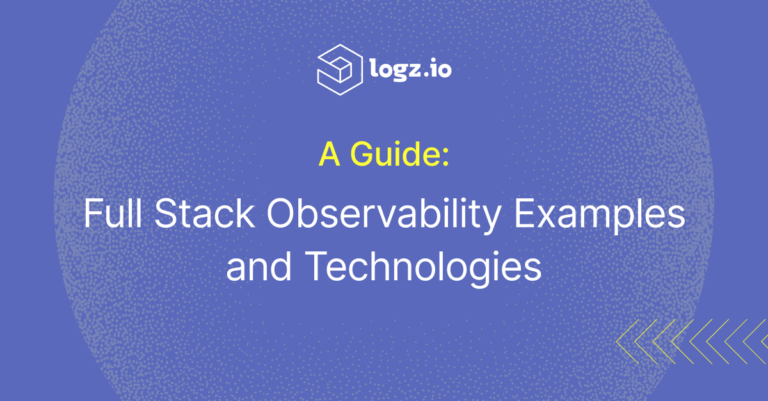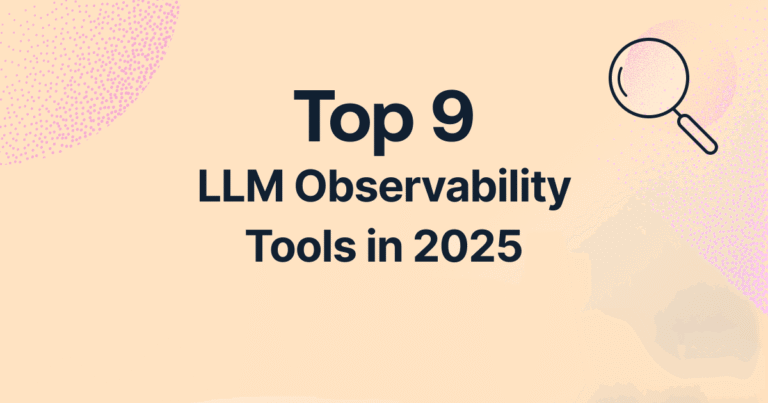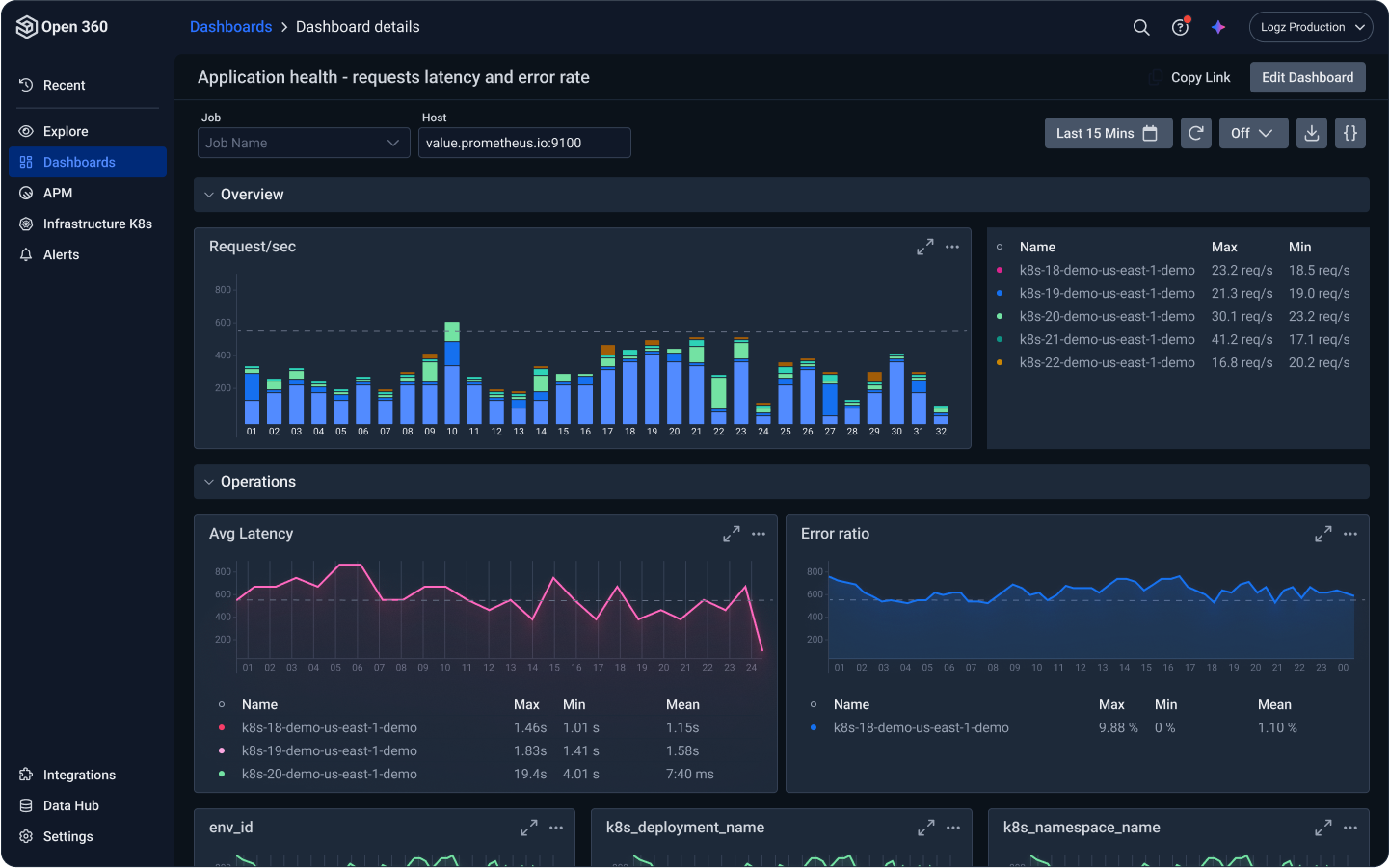
Application Observability Done Right: Best Practices & Tips
October 12, 2025
Companies invest millions of dollars in observability platforms, yet they often still struggle to get application monitoring right. This is because most organizations focus on the technology, while neglecting the business. In this article, we’ll show you how to combine business requirements with technological needs. As the CTO of Logz.io, these are based on my experience working with global companies on their application observability needs.
The Problem with Today’s Approach
Traditional application observability efforts tend to revolve around tools, data collection, and dashboards. Teams get consumed by log aggregation, tracing frameworks, metrics pipelines, and visualization layers. But when observability strategies are driven by technology first, they rarely translate into real-world effectiveness. The result is monitoring noise, alert fatigue, slow incident resolution, and spiraling costs.
1. Start with the Business Requirements
The right way to approach application observability is to begin with business requirements. Every application exists for a purpose, and not all applications are equally mission-critical. A payroll system and an internal wiki may both need monitoring, but the level of rigor and the stakes for downtime are worlds apart.
By starting with the business, you frame monitoring around the outcomes that matter most. This means the next step is defining clear Service Level Objectives (SLOs) for each application.
2. Defining SLOs That Matter
SLOs are measurable targets that express the expected performance and reliability of an application from the customer’s perspective. They force clarity on what “good enough” means and provide a shared standard between business and engineering.
For example, let’s say you’re developing a payment processing application. A meaningful SLO could be:
- Performance: 90% of transactions should complete within 100 milliseconds.
- Tolerance: Up to 10% of transactions may exceed that threshold.
- Errors: No more than 0.01% of transactions can fail.
With this definition, observability has a concrete purpose: alerting you whenever the application deviates from its promised behavior. Now, your team is laser-focused on the metrics that matter to your customers and your business, rather than combing through thousands of irrelevant alerts.
3. Building the Right Data Foundation
Once you defined your SLOs, the next step is determining what data you need to collect. Effective monitoring typically requires a combination of:
- Logs: To capture detailed event-level information.
- Metrics: To provide performance and health snapshots over time.
- Traces: To follow the journey of a request across distributed systems.
Together, these telemetry signals enable you to measure whether your SLOs are being met and generate alerts when they are not. The key here is balance: collecting enough data to support your objectives, but not so much that you overwhelm storage, budgets, and engineers.
4. Enabling Fast Troubleshooting
Of course, monitoring alone is not enough. When things go wrong, you need to resolve issues quickly. That requires an observability hierarchy that covers (at a high level):
- Is the SLO being met?
- If not, is the issue tied to the application code, infrastructure, external APIs, or databases?
By designing observability as a top-down view, you empower Tier 1 support teams to triage most incidents. They can see whether the problem is localized or systemic, whether it’s in your domain or an external dependency, and whether escalation is required. This reduces MTTR and minimizes business impact.
5. Automating Common Issues
The final stage of “application monitoring done right” is automation. Once you’ve identified recurring failure modes and troubleshooting patterns, you should codify responses so they can be handled automatically or semi-automatically.
For example:
- Restarting a failed service.
- Switching to a backup database cluster.
- Throttling traffic to protect downstream systems.
By automating common fixes, you reduce operational toil and free engineers to focus on harder problems. Over time, your observability system evolves from a reactive safety net to a proactive resilience engine.
Conclusion
Application monitoring is not about collecting the most data or deploying the fanciest tools. It’s about aligning observability with business outcomes. This means defining meaningful SLOs, collecting the right telemetry, enabling fast troubleshooting, and automating common issues. When you eliminate noise, reduce costs, and empower your teams to focus on what really matters, the result will be delivering reliable, high-performing applications that support your customers and your business.
Logz.io’s APM solution enables DevOps and engineering teams to monitor cloud-native applications by correlating metrics, logs, and traces, providing actionable insights for engineering and business users. It offers service and real-user monitoring, synthetic testing, alerting across platforms, and data correlation to pinpoint root causes. Delivered as a fully managed SaaS that leverages open-source tools like Jaeger and OpenSearch, Logz.io emphasizes cost control (sampling, optimized storage) and cross-stakeholder visibility (engineering to business). Start today.



